Every Story Is A Climate Story
Howdy! I’m Arian Tomar, a climate storyteller, documentary filmmaker, and junior studying film production at USC’s School of Cinematic Arts. This summer, I’m thrilled to be one of the Wrigley Institute’s Environmental Communications Interns, producing a video series with the guidance of my mentor and the Institute’s director, Joe Árvai. Our goal? To make climate research accessible, engaging, and fun for college students passionate about making a difference in the climate and environmental movements.
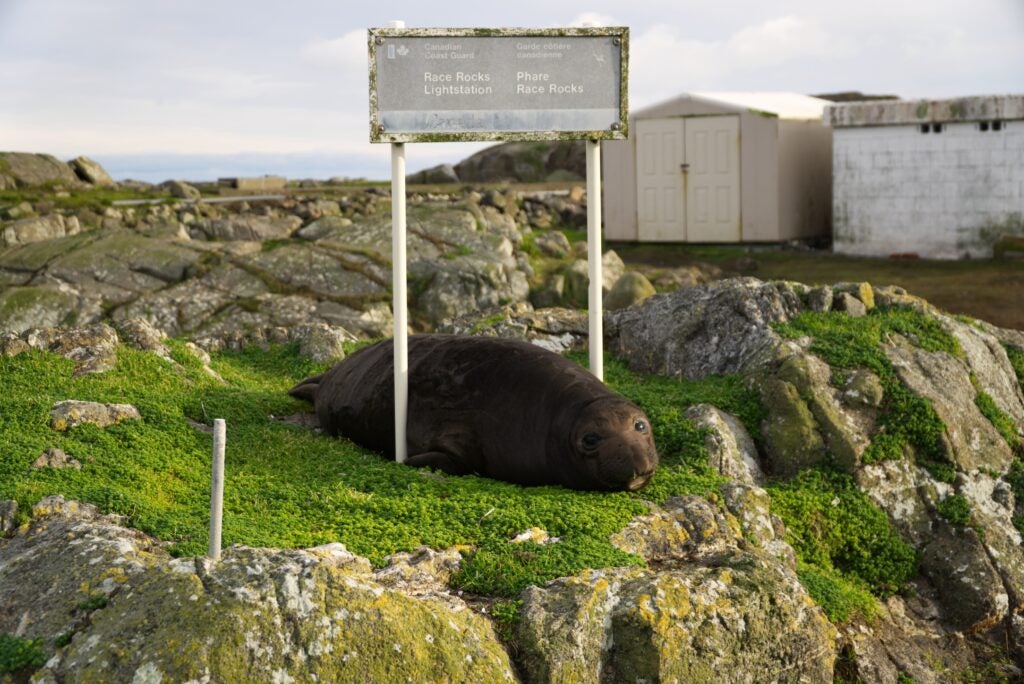
Path to Passion
From 2020 to 2022, I studied in British Columbia at an international boarding school where I got my first exposure to the Pacific Ocean. Growing up in Minnesota, I didn’t think I was missing out by being landlocked when I had access to beautiful prairies, forests, and lakes but after living on the ocean for two years, I can’t imagine being away from the Pacific for too long. My marine science class helped me understand the importance of the ocean in regulating climate change and brought me closer to critical marine ecosystems. Every field trip was an episode of Animal Planet happening in real time. Inspired by every National Geographic Kids magazine I had growing up, my dormant interest in photography came back with new passion as I tried capturing as much as I could while in the field. Despite capturing so much detail that you could count the whiskers on a sea lion, something was missing from the photos I took.
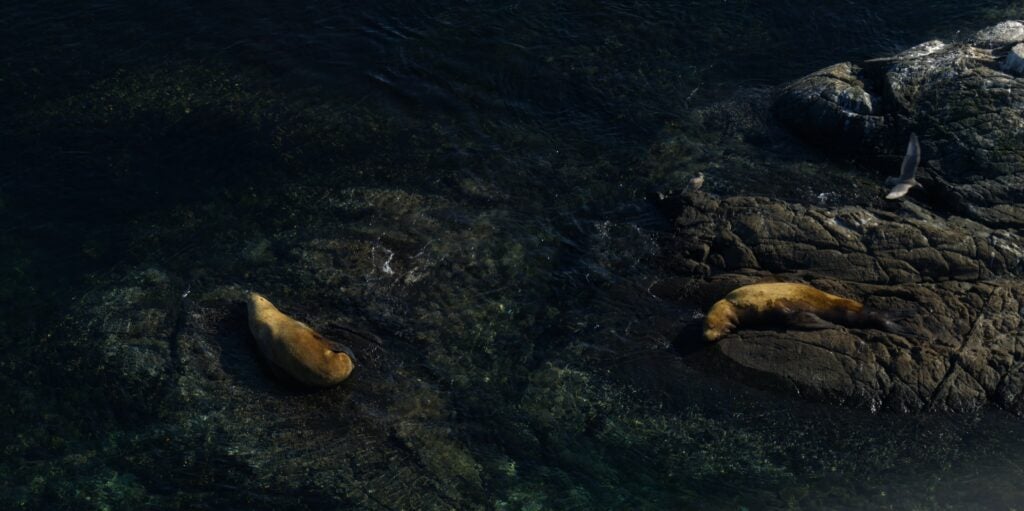
Curious to find out what was missing, I began experimenting with video and immediately, the issue presented itself. Even though it felt like magic every time I froze a moment in time with a photograph, the world I was seeing was in a constant state of change and I needed motion to properly document it. My work came alive once I started shooting video and could document how behaviors, seasons, and ecosystems changed over time. I saw baby elephant seals grow up, sea lions migrate south to California for their mating season, and how bird populations skyrocket in October when they begin their fall migration. My educational and creative interests became the same and I could no longer imagine science without art or art without science.
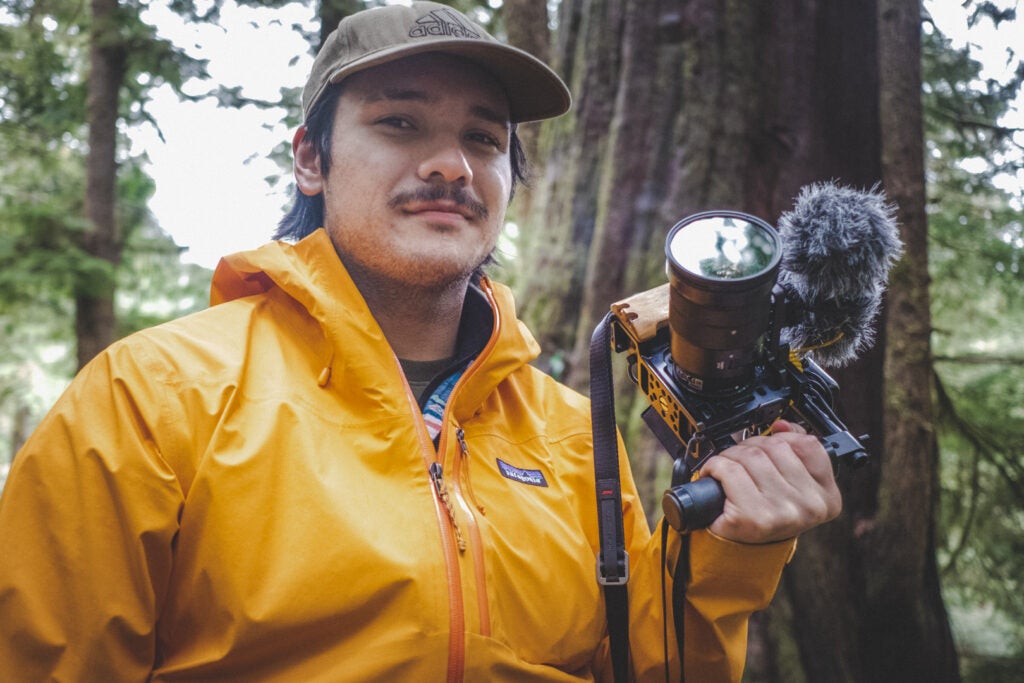
Old-Growth, New Vision
When I first started my program in British Columbia, I aspired to be a scientist and contribute to solving the climate crisis. However, a transformative trip to an old-growth forest changed my life’s direction. Where I expected to see an ancient forest, I saw the scars of human activity. Massive clear cuts slashed across the hills and overcrowded second growth trees competed for space. I was heartbroken to see countless trees, some older than so called “North America”, lose their lives to human greed. Science wasn’t going to fix this.
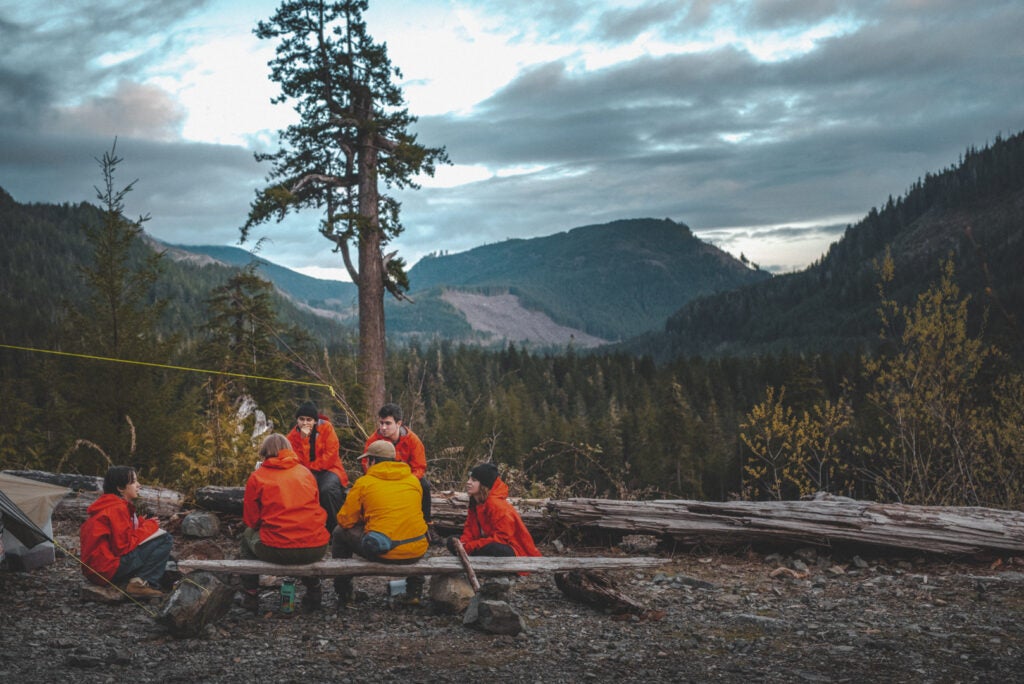
During this trip, I learned about the origins of the Fairy Creek Blockade, Canada’s largest act of civil disobedience in its 157-year history. Hearing how the blockade started with a group of over-eager tree huggers and grew into a movement that reached around the world filled me with hope and showed me a new direction. I was struggling to see a viable career where I could blend my skill for visual storytelling and love for the environment but after hearing the story of Fairy Creek, a new path became clear to me. If I could tell stories that transform emotions about the environment into actions that protected it, maybe I could help grow the climate action movement by getting more people to see themselves in it. This experience solidified my commitment to use documentary filmmaking as a tool for advocacy, conservation, and cultivating community.
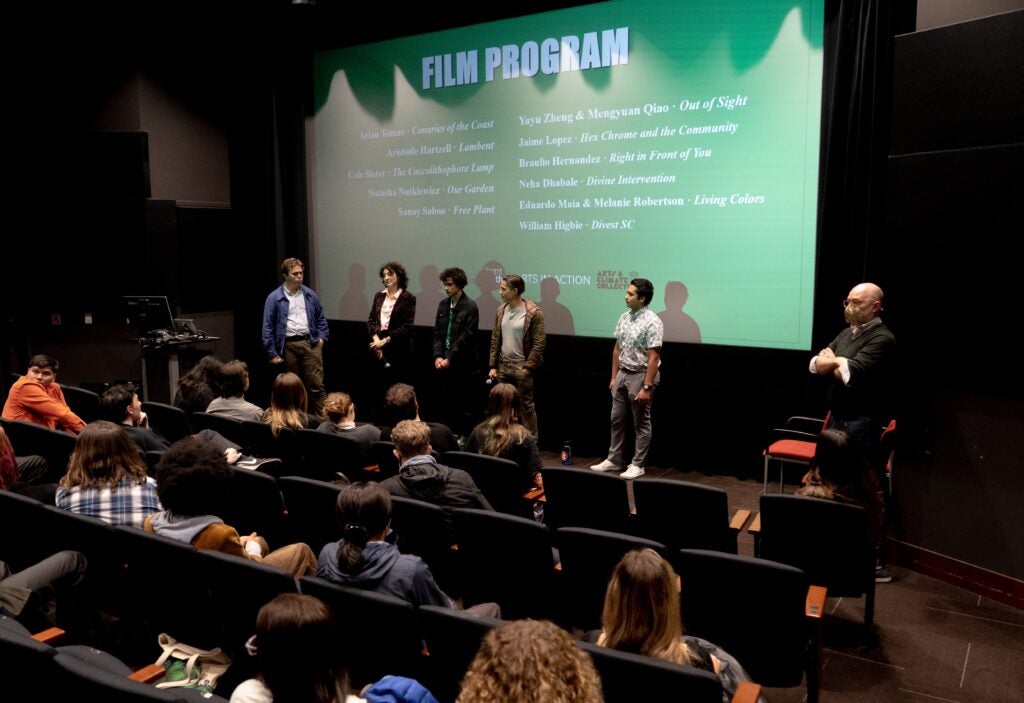
Creating Impactful Content
At USC, I’ve been able to pursue my passion for filmmaking while supporting various sustainability and climate action initiatives through storytelling. This summer, my video series centers around hope, curiosity, and innovation, presenting ongoing research at the intersection of climate change, the environment, and society.
The Wrigley Institute Graduate Fellowship, which funds an interdisciplinary cohort of post-graduate students, has been a fantastic resource. I’ve had the privilege of featuring the Fellows’ work and introducing new audiences to their innovative research. What I love most about this new program is its challenge to the notion that there is a single “right” way to address environmental and climate issues. This inclusivity resonates with my belief that everyone, regardless of their background, has something unique to contribute to the climate movement.
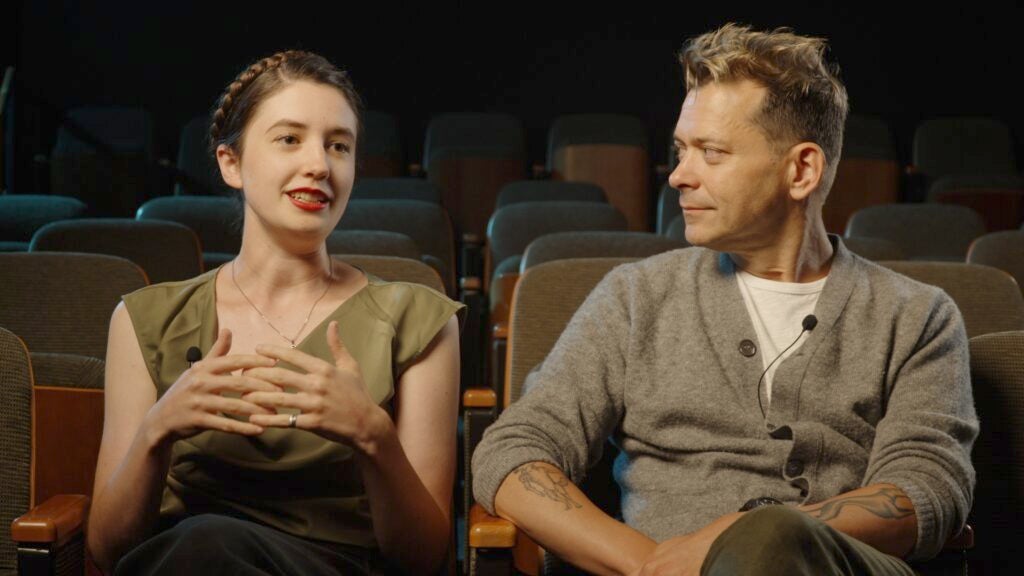
Uplifting New Perspectives
One of the highlights of my series has been working with Aidan Diamond, the first Wrigley Institute Graduate Fellow featured in our show. Aidan studies climate change in apocalypse narratives across films, comics, and novels, which aligns perfectly with my interest in film. Together, we analyzed movies like Blade Runner, Mad Max: Fury Road, and WALL-E, discussing the role of climate change in their apocalyptic scenarios. This episode opened my eyes to the significant contributions the humanities can offer the climate movement and helped me understand how to create worlds, characters, and stories shaped by climate change.
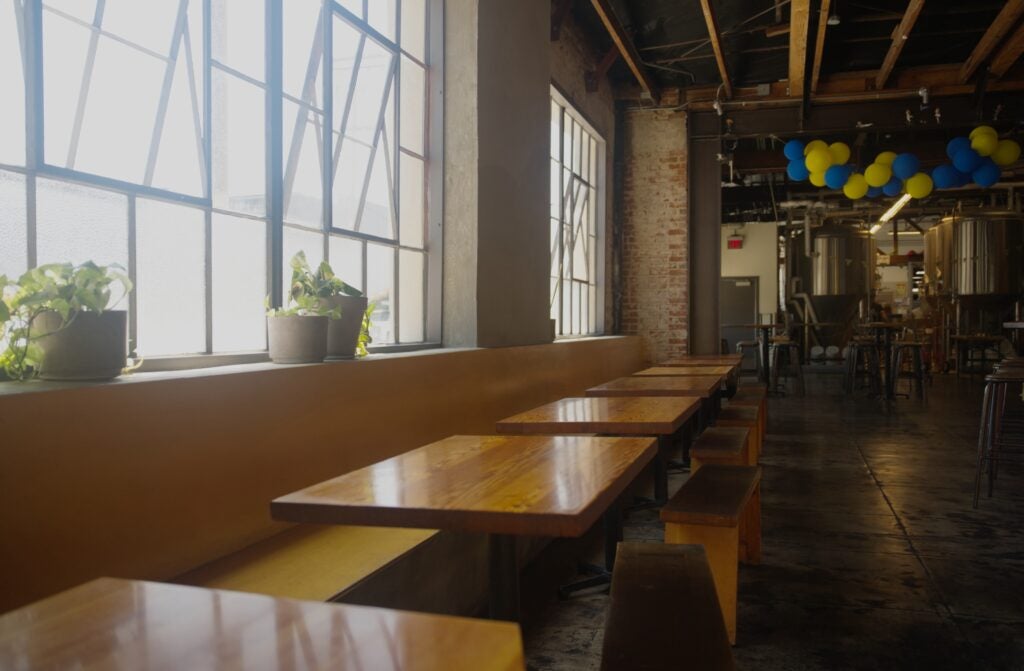
Looking Ahead
As I wrap up the first season of our series, I’m excited to produce the remaining episodes, which will dive into coral biology, examine ancient earthquakes, and track climate change over the last 200,000 years with the help of leaf oils. Make sure to follow all Wrigley Institute media channels for updates on these episodes!
I’m eager to take everything I’ve learned and plan a second season, highlighting even more interdisciplinary perspectives and expanding our audience. My goal is to continue centering hope, curiosity, and innovation in our storytelling, inspiring more people to join the climate action movement.
Thank you to everyone who has made this internship an incredible experience. Stay tuned for more!
Watch Arian’s capstone video below!